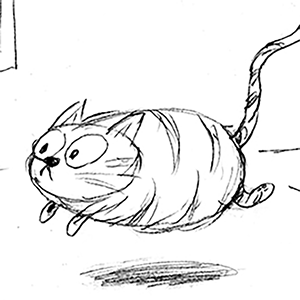Motormouth: EV battery life
Published in Automotive News
Q: What happens to an electric motor power source battery in an EV, plug-in hybrid or hybrid if it is not used for 6 months or more at a time? I am familiar with putting a gasoline engine battery on a maintainer. Related question, what happens to an electric motor battery, in each type of electric vehicle, if it loses all charge in normal use?
C.C., Naples, Florida and Southington, Connecticut
A: Propulsion batteries last a surprisingly long time because they use lithium-ion cells. Hybrids and EVs can sit for months without requiring charging. At the ideal 80% charge, they may lose only 2-3% per month. One caveat: Extreme heat (over 110 degrees) and extreme cold (near zero) for long periods shorten the time. Don’t worry if you’re a snowbird.
Q: You'll probably get plenty of messages just like this one, but in your "Road noise and electric vehicles" column (which I read in the Fort Worth Star-Telegram), you got a metric conversion wrong. One-tenth of a liter is not one third ounce. It's about 3 ounces (according to Google's converter). A liter is a little larger than a quart. I'm not saying your answer is wrong -- maybe the crankcase can safely hold an extra three ounces and change. But it's not a matter of a third of an ounce.
G.S., Fort Worth, Texas
A: You’re right. Three ounces is what I wanted to say, but if I were a math genius I wouldn’t be writing for a living. And yes, those three ounces won’t make much of a difference. I believe I misplaced a decimal point. (I should avoid doing math in public.)
Q: I'm a former auto technician and I have something to add to your reply to a person speaking of front wheel shimmy at 50 mph. I've chased this type of problem often over the years. It's not always a wheel balance issue. I found the brake rotors can also cause a shimmy. I recently replaced the rotors on my own car and it's now smooth as glass at all speeds.
K.D., Methuen, Massachusetts
A: Right. A warped or bent brake rotor is often the cause of shimmy. Strangely enough is that an unskilled worker installing a wheel and tire may torque the lug nuts unevenly thus creating the problem. Best practice is to use a torque wrench or at least torque sticks to evenly tighten the nuts.
Q: Apparently if the seal around the tire does not seal correctly, the tire loses air. A friend told me that was the problem on my 2020 Malibu. I’ve had the tire checked. No issues. So, I just keep putting air in the tire. I do have an air compressor.
C.C., Chicago
A: Slow leaks are hard to find—particularly if the leak is where the tire meets the rim. Corrosion, especially on alloy rims, is the issue. Corrosion eventually leads to pitting, allowing air to seep out. A good tire shop can remove the tire, sand off any corrosion, clean the tire’s bead and remount the tire on the rim using bead sealer. Unless the rim is terribly pitted, this works.
Q: I had a similar issue. My mechanic took the tire completely off the rim, filed down any parts on the wheel rim that appeared rough and resealed the rims on the tires with his usual blue gunk. Have not had a problem since.
S.R., Norfolk, Virginia
A: Thanks for having my back.
©2024 Tribune Content Agency, LLC.








Comments